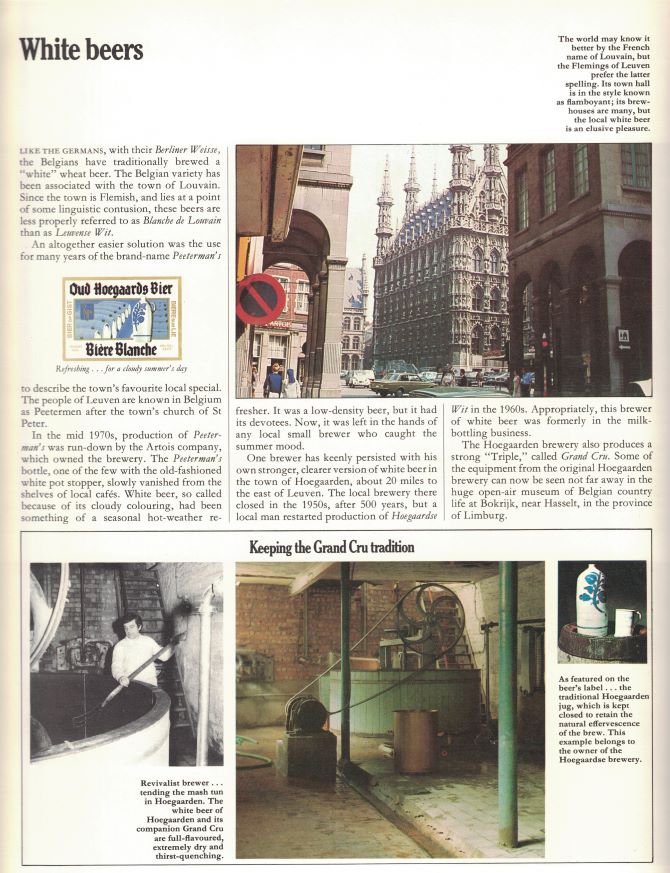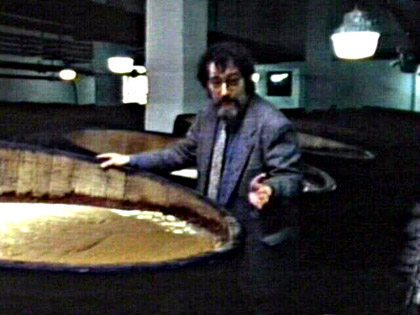I guess we’ve come full circle
We’re strangers once again
It’s hard to know we’d ever come to this
It’s funny you were saying how you’d miss
The good ole times
While all alone I’m thinking
You’re the one I’ll miss
Love’s a word I never throw around
So when I say I love you ’til the end
I’m talking about ’til the day
They toss me in the ground
Love’s a word I never throw around
– Robert Earl Keen, “Love’s a Word I Never Throw Around”

For the 72nd gathering of The Session host Ryan Newhouse asks contributors write about “How We Love Beer.” The key word, he points out, is how. “I’m not looking for what characteristics beer has that makes us love it, but what we do to show our love for it.”
One of my personal rules when I write about anything is to question everything, including myself. In this case the question is: Do I write about beer, in this space and elsewhere, because I have a taste for it, because I’m addicted to collecting stories and retelling them, or because writing about beer is my primary source of income?
The answer is B and C, but of course there is another question. One I continue to consider more than five years after Michael Jackson wrote this mysterious paragraph, at least mysterious to me, in a column that appeared in All About Beer magazine after he died.
Being a critic is one of the things I do for a living. Being a reporter is another. Is a reporter a fearless seeker-out of truth, neutral and objective? Or does he recruit those qualities in support of his personal passions? When I enlisted, at the age of sixteen, I may have been attracted by the powerful purity of the first role. In the event, I grew into the second.
I would have liked to have asked him just what he meant there, about the reporter part, not the critic part. Not that I would necessarily have agreed with him, but because it seems to me thinking about such matters may result in better beer writing. And although showing a little love for beer in general is not my primary goal in improving how I write about the topic, it’s probably a side effect.
Enough about me. Tomorrow it’s back to writing about beer, maybe Clydesdales and Budweiser Black Crown, or perhaps how the distortion of the essential oil composition during isolation by steam distillation can significantly interfere with hop analysis and cause imprecise quantification of key compounds. I might be kidding.


